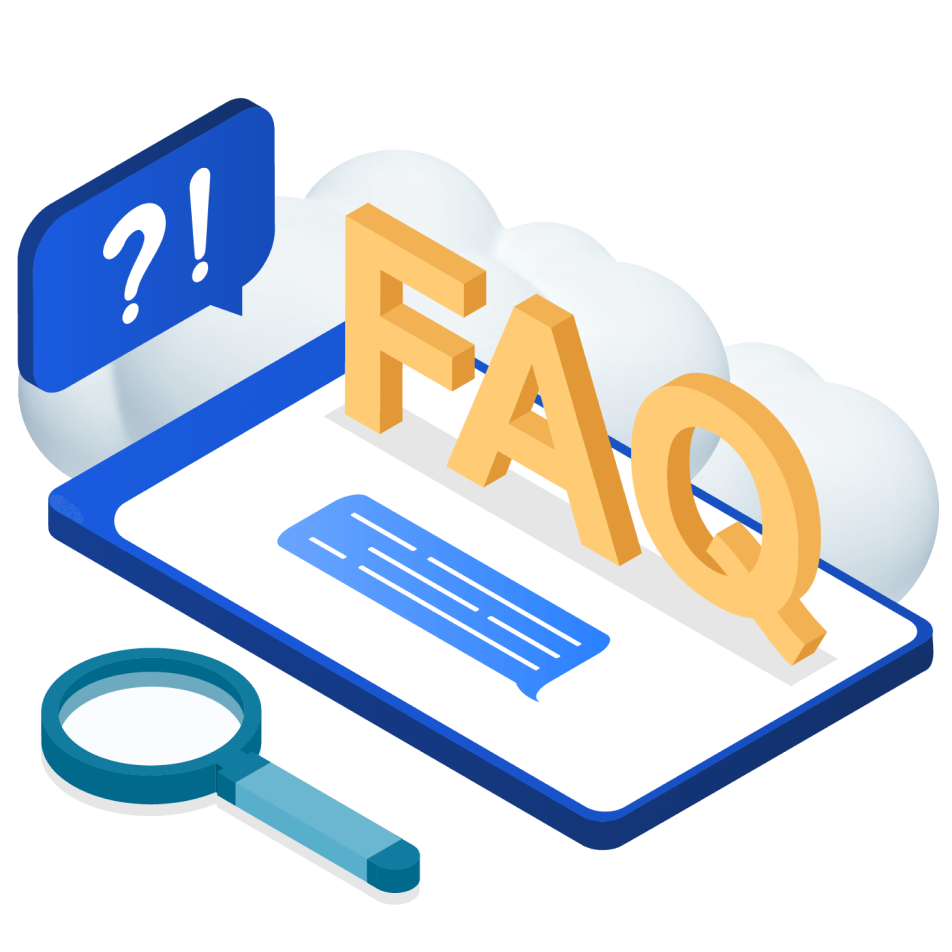- RPA Services
- UI Path
Transform Your Workflow with UiPath Automation at BIITS
- At BIITS, we harness the power of UiPath, a leading Robotic Process Automation (RPA) platform, to revolutionize business operations. UiPath's robust automation capabilities enable organizations to streamline workflows, enhance efficiency, and reduce operational costs significantly.
- Our suite of UiPath services includes bespoke automation design and implementation, where we develop and deploy customized UiPath solutions to automate repetitive and rule-based tasks, ensuring smooth integration with your existing systems and processes. We conduct thorough process optimization to identify and capitalize on automation opportunities, utilizing UiPath’s advanced tools to boost operational efficiency and effectiveness.
- Our custom robot development service focuses on creating tailored UiPath robots that cater to specific business requirements, thus improving productivity by automating intricate tasks. From initial consultation through to deployment and beyond, our end-to-end support ensures that your UiPath solutions are seamlessly executed and continuously optimized to meet your business needs.
- We also offer comprehensive training sessions to empower your team with the skills needed to effectively manage and adapt UiPath automation as your business evolves. Furthermore, our maintenance and upgrades services guarantee that your UiPath systems are regularly monitored, updated, and maintained to remain current and effective.
- By integrating UiPath's state-of-the-art technology into your operations, we help you achieve substantial gains in efficiency, accuracy, and scalability. Our expert team at BIITS is committed to delivering UiPath solutions that not only drive measurable results but also foster business growth and innovation. Additionally, we provide strategic insights to help you leverage UiPath's full potential, ensuring that your automation journey aligns with your long-term business objectives.
Benefits of choosing BIITS for your UiPath services
Streamlined Processes: UiPath automates repetitive and manual tasks, leading to more efficient and streamlined business operations.
Enhanced Productivity: By freeing up your team from mundane tasks, UiPath allows them to focus on higher-value activities, significantly boosting overall productivity.
Cost Reduction: UiPath reduces operational costs by minimizing manual intervention and errors, leading to more accurate and efficient workflows.

Scalability: UiPath’s flexible automation solutions can easily scale with your business, adapting to changing needs and growing demands.
Improved Compliance: UiPath ensures consistency and accuracy in tasks, helping organizations maintain compliance with industry regulations and standards.
Frequently Asked Questions
What is UiPath, and why is it a game-changer for businesses?
We use HTML5, CSS3, and JavaScript with frameworks like React, Next.js, and Angular for frontend development. For backend development, we utilize Python, PHP, Java, and C# to ensure robust and scalable solutions.
What types of tasks can be automated with UiPath?
The first thing to consider is that the word “data lake” will not usually be used to characterize a specific product or service, but rather an approach to the design of big data that can be summarized as store now, analyze later. In other words, we would use a data lake to store unstructured or semi-structured data in its original form, in a single repository that serves multiple analytical use cases or services, unlike the traditional data warehouse approach, which involves imposing a structured, tabular format on the data when it is ingested.
How does UiPath ensure the security of automated workflows?
The first thing to consider is that the word “data lake” will not usually be used to characterize a specific product or service, but rather an approach to the design of big data that can be summarized as store now, analyze later. In other words, we would use a data lake to store unstructured or semi-structured data in its original form, in a single repository that serves multiple analytical use cases or services, unlike the traditional data warehouse approach, which involves imposing a structured, tabular format on the data when it is ingested.
Can UiPath work with my current software ecosystem?
The first thing to consider is that the word “data lake” will not usually be used to characterize a specific product or service, but rather an approach to the design of big data that can be summarized as store now, analyze later. In other words, we would use a data lake to store unstructured or semi-structured data in its original form, in a single repository that serves multiple analytical use cases or services, unlike the traditional data warehouse approach, which involves imposing a structured, tabular format on the data when it is ingested.
What distinguishes attended automation from unattended automation in UiPath?
The first thing to consider is that the word “data lake” will not usually be used to characterize a specific product or service, but rather an approach to the design of big data that can be summarized as store now, analyze later. In other words, we would use a data lake to store unstructured or semi-structured data in its original form, in a single repository that serves multiple analytical use cases or services, unlike the traditional data warehouse approach, which involves imposing a structured, tabular format on the data when it is ingested.

Is the huge volume of data is too hard to handle ?
Let us help you to give best solutions for enterprising data lake & data warehousing.
